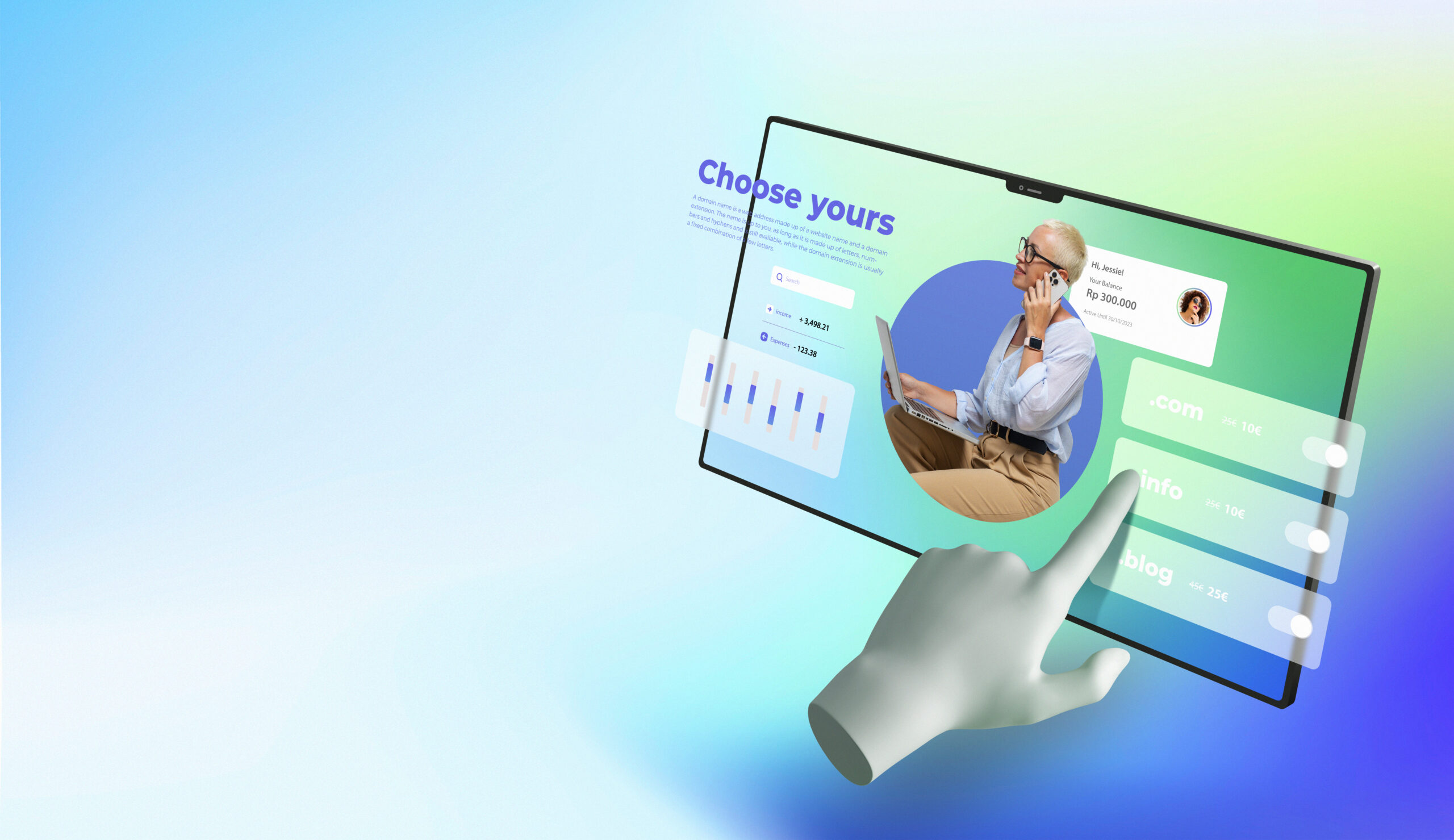As users, we’ve all visited a website that either had an annoying sound effect or no sound at all. The impact of website sound on user experience is often underestimated, yet it can make or break a website’s success. Sound can have a significant impact on our emotions and mood. A website’s sound can create a positive or negative association with the user’s experience, affecting their perception of the website and the brand. Sound can also be used to guide the user’s attention, creating a more seamless browsing experience.
In this blog post, we’ll explore the impact of website sound on user experience and how you can use sound to enhance your website’s overall usability. In Webtec we offer our Website Redesign Services. contact us!
Positive Effects of Website Sound
- Brand Recognition: Sound can help establish a brand’s identity and create brand recognition. Think of the Intel jingle or the Nokia ringtone. These sounds are easily recognizable and have become synonymous with their respective brands. By using sound effects, you can create a unique identity for your brand and establish recognition with your target audience.
- Emotional Connection: Sound has the power to evoke emotions and create a connection with the user. By incorporating sound elements, such as music or voiceovers, you can create a more emotional experience for the user. This emotional connection can lead to increased engagement and a more positive user experience.
- Attention Guidance: Sound can be used to guide the user’s attention to specific elements on the website. For example, a sound effect can be used to draw attention to a call to action button or a new product release. By using sound to guide the user’s attention, you can create a more seamless browsing experience, leading to increased engagement and conversions.
Negative Effects of Website Sound
- Distraction: Sound can quickly become a distraction if it’s not used correctly. An annoying or repetitive sound effect can quickly become frustrating for the user, leading to a negative association with the website and brand. In addition, background music or sound effects can be distracting and interfere with the user’s ability to focus on the content.
- Accessibility: Sound can create accessibility issues for users with hearing impairments. Without proper captioning or alternative text, users with hearing impairments may be unable to access and engage with the website’s sound elements.
- Page Load Time: Incorporating sound elements into a website can slow down page load times, leading to a poor user experience. This slow loading time can result in increased bounce rates and decreased engagement.
If you enjoyed this, our next post offers even more to discover: Tips for Creating Effective Product Videos for Your E-commerce Website.
Best Practices for Using Sound on Websites
- Use Sound Sparingly: To avoid distracting the user, use sound sparingly and only when necessary. A subtle sound effect or background music can enhance the user experience without becoming a distraction.
- Make Sound Optional: Make sure users have the option to turn off sound or adjust the volume. This allows users to customize their browsing experience and avoid potential distractions.
- Optimize for Page Load Time: To avoid slow page load times, optimize your sound files and consider using compressed audio formats. This can help reduce the file size and improve website speed.
- Consider Accessibility: Ensure that your sound elements are accessible to users with hearing impairments. Provide captions or alternative text to ensure that all users can access and engage with your website’s sound elements.
Benefits and other details to consider
Website sound plays a crucial role in shaping a brand’s identity and enhancing user experience. It can make a brand more memorable and help it stand out. For instance, many businesses use audio logos or jingles. A notable example is Intel’s iconic audio logo, which builds trust and reliability.
Despite these advantages, it’s crucial to use website sound wisely. Overusing it can be overwhelming and detract from the user experience. Therefore, users must have the ability to control the sound, adjusting the volume or muting it as they see fit.
Beyond audio logos and jingles, website sound offers other ways to improve user interaction. For example, it can provide feedback during interactions like button clicks or form submissions. This assures users that their actions have been recognized, creating a more engaging experience.
Sound can also offer contextual information, enhancing the user’s experience. A travel site, for instance, might use ambient noises from a featured destination. This creates a more immersive experience, transporting the user to that place.
In summary, while website sound has the potential to create a memorable and engaging user experience, it must be used thoughtfully. Providing users with control options ensures a positive interaction with your website. By considering sound’s role in website design carefully, businesses can craft more effective and engaging online experiences.
Conclusion
The power of website sound is important. Sound can help make a strong bond with users. It can draw their attention. It also helps them remember your brand.
But, remember to use sound carefully. Think about those who might have hearing issues. Also, keep in mind the time it takes for a page to load. If you follow these tips, your website will offer a great experience for everyone who visits!


